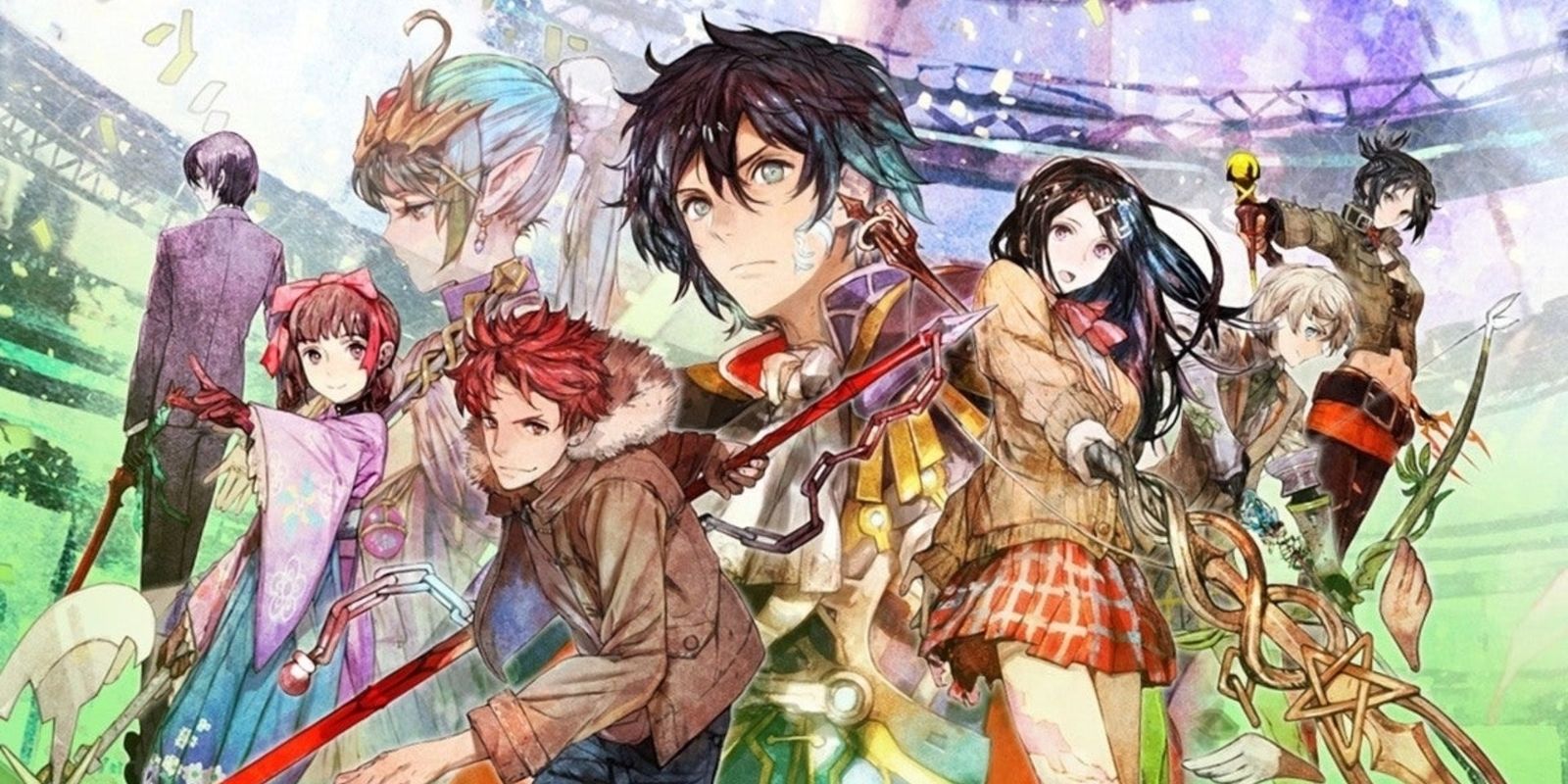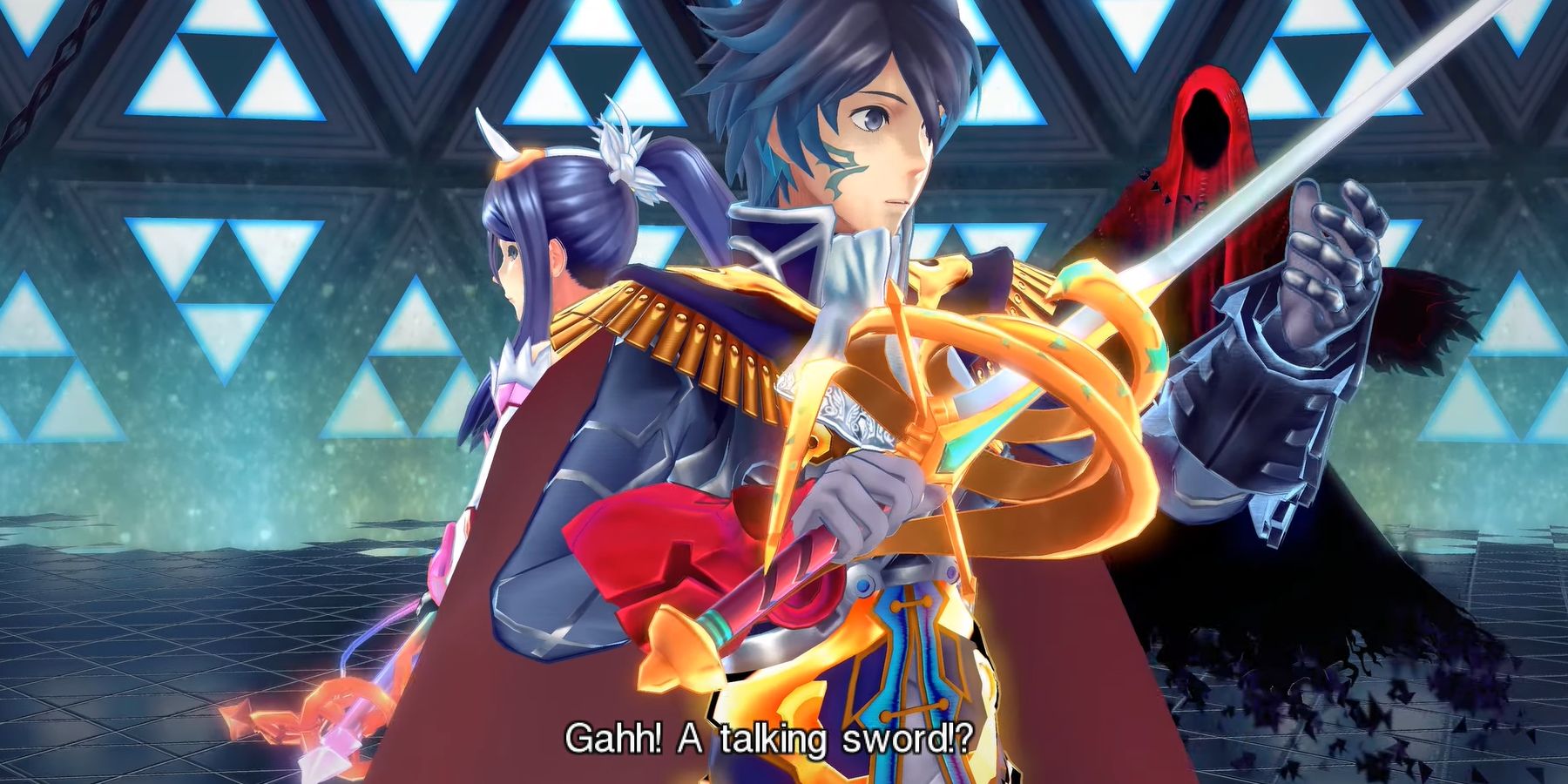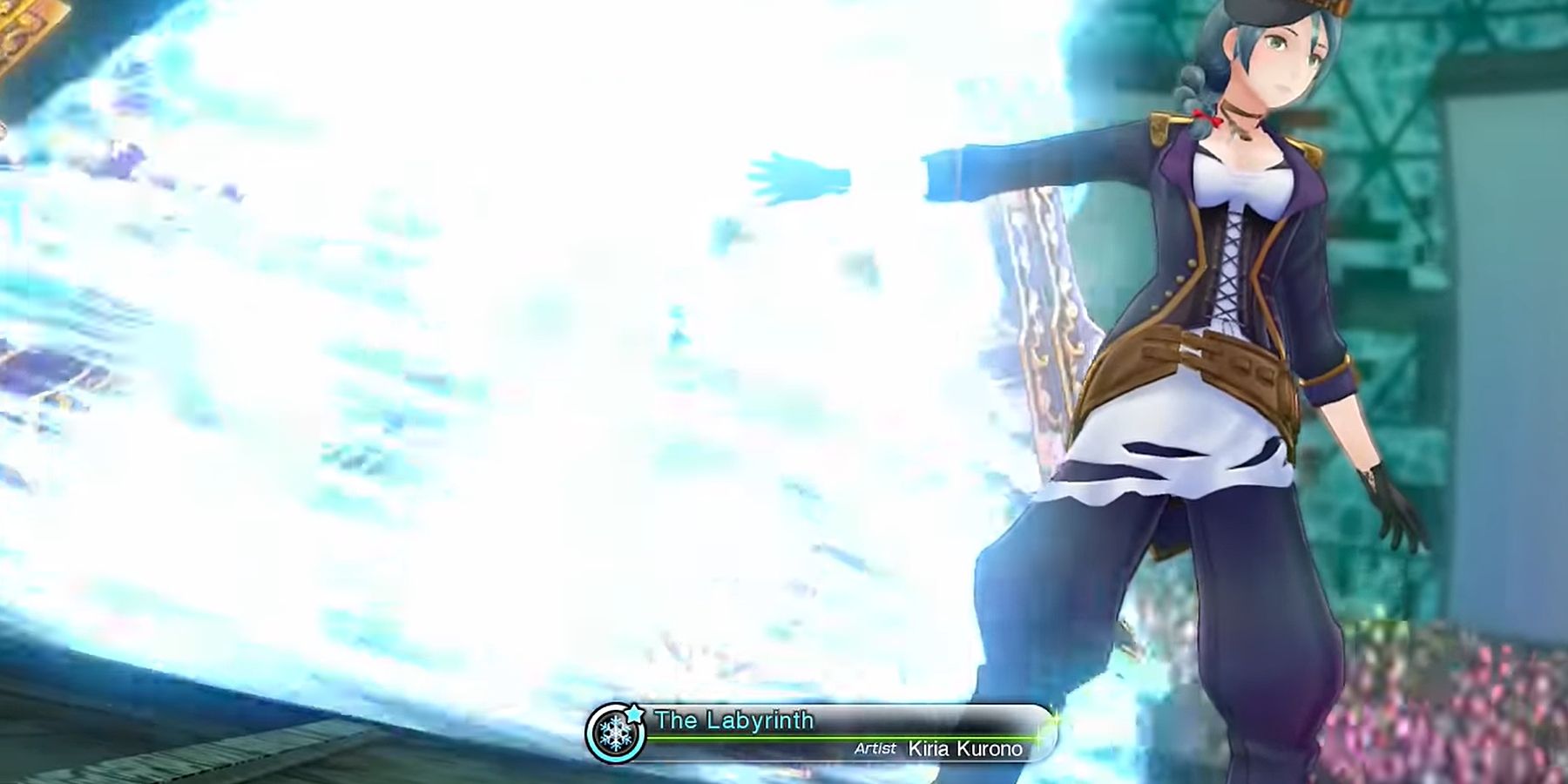
Shin Megami Tensei X Fire Emblem was one of the most anticipated crossovers in Nintendo history. On paper, the concept sounds perfect. Both are classic JRPG franchises known for their strategic depth and challenging difficulty, and Fire Emblem's exploration of how war brings out the worst in people plays perfectly into SMT's apocalyptic themes. Fans thought the stage was set for a dark fantasy horror-strategy game like nothing they'd seen before.
With this in mind, it's easy to see why the reaction both fandoms had to Tokyo Mirage Sessions♯FE was the now-memetic, "There's been a fusion accident." Instead of the expected demonic conflict, players beheld a sparkling, rainbow-colored game about teenage pop stars summoning Fire Emblem-themed Personas. It wasn't what fans of either franchise wanted, but that doesn't mean it wasn't good.
In fact, Tokyo Mirage Sessions earned a strong critical reception and won enough of a cult following to justify a Switch port. While certainly the black sheep of both families, TMS has enough going for it that any RPG fan owes it to themselves to look past the goofiness and try it for themselves.

Story-wise, Tokyo Mirage Sessions is admittedly nothing special. With a premise about magical monsters invading Tokyo, it's essentially a lighter version of the average Shin Megami Tensei story. It's not the most compelling drama, but the writers were clearly aware of this and, as such, the script doesn't take itself too seriously. Despite (or perhaps precisely because) of its sheer wackiness, TMS has genuinely funny writing packed with a surprisingly expressive cast. From the adorably hapless Tsubasa to the talented but socially-inept Yashiro, every character gets the chance to shine throughout both the main campaign and their own unique quest lines.
This setup will sound vaguely reminiscent of Persona to many players, but TMS' side quests are more than just Social Links by another name. Most involve some kind of challenge, from helping a girl confront her social anxiety to exorcising restless ghosts and defeating mini-bosses with the power of seduction. It's hard to predict where each short story will go next, and the game's fanciful tone makes it easy to adapt to these ever-changing sideshows. The fact that they're drip-fed to players at a steady rate means they'll rarely feel overwhelmed, and the intermissions between story chapters provide plenty of room to explore them.
Where TMS really shines, however, is in its core gameplay. Its dungeon design is simple and clean, with locations ranging from a feudal Japanese setting to a secret sci-fi base, and they're all brought to life with a vibrant color palette. That stylish aesthetic carries over to the combat too -- which is where the crossover elements really come to life.
Like in both its parent franchises, TMS encourages players to exploit enemy weaknesses for massive damage. However, whenever a weakness is hit, the rest of the party can create a combo using "Session" skills to follow up that first strike with their own attacks. Late in the game, players can unlock Dual Arts between multiple characters that effectively let them double or even triple their combo length.

What makes the Session system so good is that enemies can exploit it as well, similar to press-turns in the mainline SMT games. This encourages players to use characters who cover each other's weaknesses, and the ability to switch party members mid-battle gives them a lot of options for avoiding damage and building Sessions of their own.
Combine this with the communal SP bar -- which characters can use to perform exclusive skills like providing extra turns or exposing enemy weaknesses -- and one has a simple but incredibly tight battle system. This part of the game especially shines throughout the boss fights, which are just as challenging as a crossover of this nature demands without feeling cheap or frustrating.
Tokyo Mirage Sessions is certainly a strange game, and it's unlikely to ever be as popular as its influences. That being said, fans of either owe it to themselves to try it. It may not be the dark fantasy epic they were hoping for, but it's still a fun romp through a colorful world with lovable characters, a strong soundtrack and a truly fantastic battle system. It may not be the most obvious way to combine SMT and Fire Emblem, but it's an incredibly unique title with mechanics that feel surprisingly faithful to both. As any fan of SMT will know, sometimes a fusion accident can be a very happy one indeed.
0 Comments